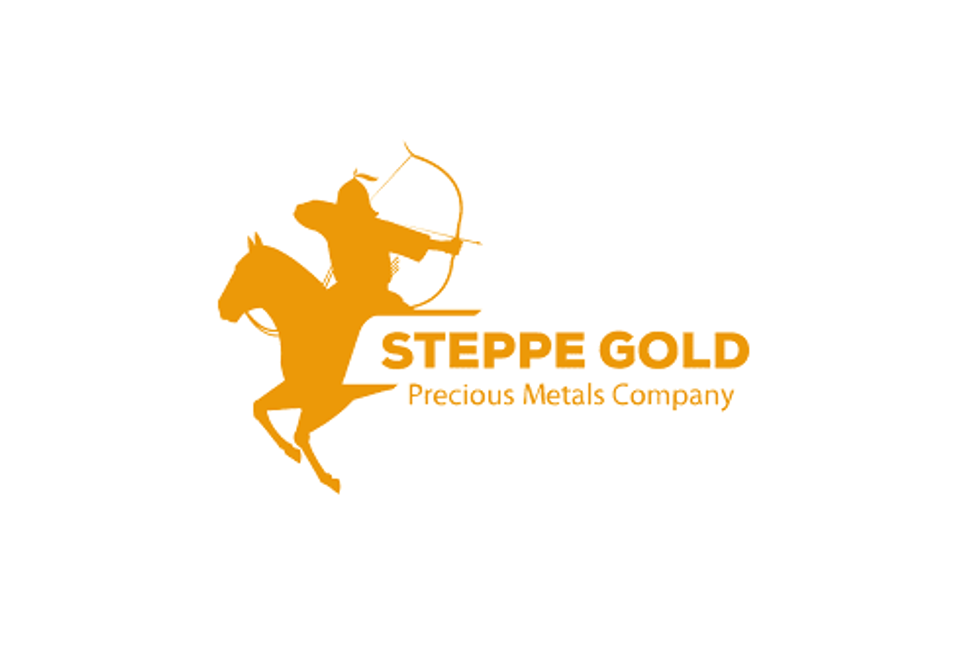- AustraliaNorth AmericaWorld
Investing News NetworkYour trusted source for investing success
- Lithium Outlook
- Oil and Gas Outlook
- Gold Outlook Report
- Uranium Outlook
- Rare Earths Outlook
- All Outlook Reports
- Top Generative AI Stocks
- Top EV Stocks
- Biggest AI Companies
- Biggest Blockchain Stocks
- Biggest Cryptocurrency-mining Stocks
- Biggest Cybersecurity Companies
- Biggest Robotics Companies
- Biggest Social Media Companies
- Biggest Technology ETFs
- Artificial Intellgience ETFs
- Robotics ETFs
- Canadian Cryptocurrency ETFs
- Artificial Intelligence Outlook
- EV Outlook
- Cleantech Outlook
- Crypto Outlook
- Tech Outlook
- All Market Outlook Reports
- Cannabis Weekly Round-Up
- Top Alzheimer's Treatment Stocks
- Top Biotech Stocks
- Top Plant-based Food Stocks
- Biggest Cannabis Stocks
- Biggest Pharma Stocks
- Longevity Stocks to Watch
- Psychedelics Stocks to Watch
- Top Cobalt Stocks
- Small Biotech ETFs to Watch
- Top Life Science ETFs
- Biggest Pharmaceutical ETFs
- Life Science Outlook
- Biotech Outlook
- Cannabis Outlook
- Pharma Outlook
- Psychedelics Outlook
- All Market Outlook Reports
The world holds 439 deposits with over 1 million ounces of gold, but most of them aren’t likely to become mines for decades.
For its research, NRH set liberal criteria, such as allowing the inclusion of inferred resources and assets that are primarily copper deposits. Still, only 439 assets in the world were found to contain over a million ounces of gold. Of these, 189 are already producing mines, leaving a global base of 250 undeveloped gold assets in the world. 166 of these are identified as being owned by junior miners.
NRH encourages investors seeking leverage to focus on the junior companies as they provide the best exposure to a rising gold price environment. But the report also urges investors to incorporate additional metrics in their investment strategies.
166 undeveloped assets could paint an overly optimistic picture about the outlook for future gold production, but the report serves as a reminder that that there is much more to a mine than knowing where the gold is.
Investors have another reason to consider harnessing expectations that future gold production will be comparable to today’s operations. NRH quickly confirmed that the gold industry is facing a trend of lower grades. With the grades of undeveloped deposits found to be markedly lower than those of producing mines, the reports says there is an assured need for higher energy input in the future if current production levels are to be sustained.
Investors are also strongly encouraged to consider infrastructure.
“Even high grade deposits with no infrastructure are inferior to easily mined bulk tonnage deposits with close proximity to infrastructure in stable geopolitical jurisdictions,” the NRH report says.
As an example, the report describes Barrick’s (TSX:ABX,NYSE:ABX) Cerro Cassale asset in Chile, which contains 32.5 million ounces. Due to its remote location in the Maricunga desert, NRH says Barrick has had to budget over $500 million for a pipeline simply to transport water from point to point.
While Barrick may be able to entertain such an idea, it certainly provides a thinking point for investors in the gold juniors.
World Exploration Trends 2012, a report by Metals Economics Group (MEG), revealed that junior miners were able to raise $7.4 billion for exploration from Q4 2012 through H1 2011. According to MEG, during this period of robust exploration spending the most common target in most regions was gold.
Exploration trends, like many aspects of business, vary with economic conditions, says MEG. During good times, such as 2011, when companies had ample access to cash, they display a greater appetite for risk. Thinking of the potential rewards, companies are willing to explore in riskier and more obscure places.
But investors need to consider what happens when the economic tides change. According to MEG, exploration in high-risk countries, particularly early stage work, is usually the first to be cut.
Investors should carefully consider their support for junior efforts in areas where project development would require substantial amounts of infrastructural spending. Even if junior miners are successful in finding deposits in obscure places, investors must consider whether those companies are likely to secure enough financing to also cover the needed infrastructure. If not, then the next question is whether the potential discovery is likely to be attractive enough to market the asset for partnership or for sale to a major gold company.
NRH says that producer balance sheets are so large that they require significant projects to be accretive, making even most 1 to 2 million ounce deposits unattractive.
Geopolitical and permitting risks are other metrics investors are urged to consider. Many companies own assets that may seem attractive when considering the resources or the grades, but in actuality they face serious headwinds to becoming anything more than a bullet point in a portfolio.
According to NRH, five undeveloped deposits — Pebble, Reko Diq, Donlin, KSM, and Rosia Montana — represent nearly 20 percent of the undeveloped ounces cited in the report, but these assets may not become mines for 10 to 30 years because they face permitting headwinds.
Realistically, NRH says 50 percent or more of the deposits in the database will most likely remain deposits 25 years from now, for various reasons.
Barring multiple high-grade, multimillion ounce discoveries each year, a significant increase in gold production is unlikely, says NRH. Few are expecting that to happen. 2011 brought higher exploration spending, which allowed more drilling, but MEG found that the average portfolio size changed little.
Quality gold deposits continue to be a rare occurrence. NRH’s report serves as a good resource for gold mining investors, but it is also as a reminder that a comprehensive list without a comprehensive strategy is about as good as a gold mine without pipes.
Securities Disclosure: I, Michelle Smith, do not hold equity interests in any of the above-mentioned companies.
Outlook Reports
Featured Precious Metals Stocks
Browse Companies
MARKETS
COMMODITIES
| Commodities | |||
|---|---|---|---|
| Gold | 2382.91 | +1.10 | |
| Silver | 28.10 | -0.79 | |
| Copper | 4.33 | -0.05 | |
| Oil | 85.31 | -0.10 | |
| Heating Oil | 2.66 | 0.00 | |
| Natural Gas | 1.68 | -0.02 | |
Investing News Network websites or approved third-party tools use cookies. Please refer to the cookie policy for collected data, privacy and GDPR compliance. By continuing to browse the site, you agree to our use of cookies.






